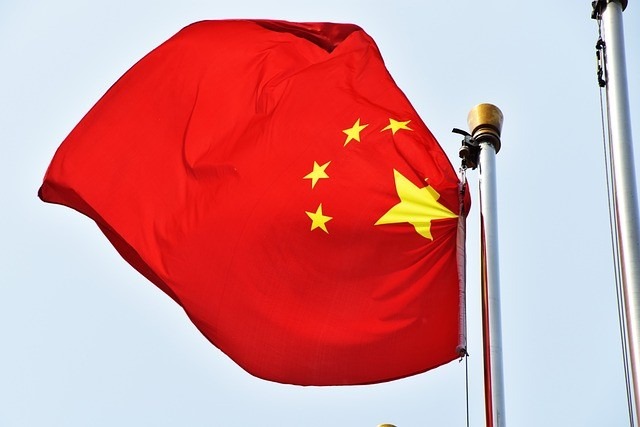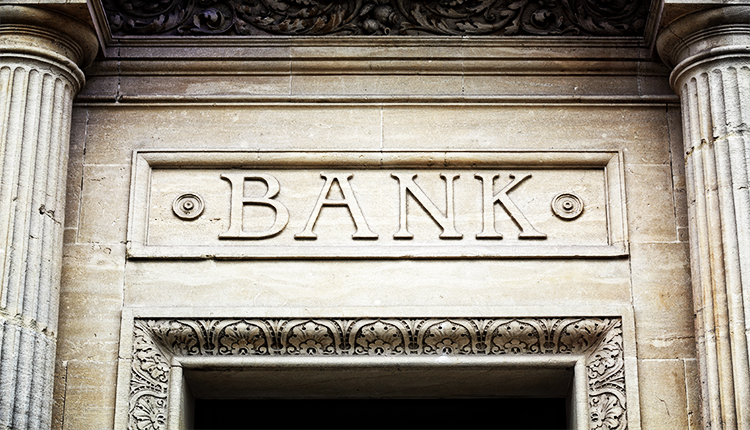The financial toll of warfare is undeniable, and the invasion of Ukraine by Russia has significantly impacted the economies of both countries involved.
In Ukraine, international assistance has played a crucial role in stabilizing the economy and preventing a complete collapse. NPR’s Julian Hayda, reporting from Kyiv, highlights the importance of this aid in helping Ukraine navigate through these challenging times.
Meanwhile, the Russian economy has shown resilience in the face of sanctions and various trade and financial restrictions. However, there are indications that this resilience might be undergoing a shift. NPR’s Stacey Vanek Smith explores the evolving landscape and sheds light on the potential changes taking place.
Russian Economy Faces Overheating Risks Amidst Rising Demand and Tight Labor Market
The Central Bank of Russia (CBR) has expressed concerns about the potential overheating of the Russian economy in its recent monthly update. This apprehension stems from significant levels of investment and increasing consumption, coupled with a labor market that is experiencing scarcity.
The rise in consumer spending and private investment has contributed to the overall temperature increase. Consumers are exhibiting strong demand for goods, particularly higher-priced items, following the disruptions caused by Western sanctions. Additionally, private investment has been directed toward import substitution as companies strive to replace products that were previously provided by foreign firms. This surge in demand, combined with a struggle to meet supply requirements, poses a risk of overheating, as noted by analysts at the Central Bank.
One of the main drivers of increased consumer demand is higher wages resulting from a labor shortage and reduced uncertainty. In such circumstances, individuals tend to spend more instead of saving. For example, residents in Russia’s Central Federal District have been observed allocating more of their income to durable goods such as furniture and household appliances in recent months. The reopening of stores under Russian ownership, which Western brands previously operated, has further contributed to the revival of consumer spending.
The Costly Consequences: Economic Impact of Russia’s Invasion of Ukraine
Simultaneously, the private sector is witnessing a boost in investment, facilitated by state financial assistance that aims to promote import substitution and develop repair facilities and critical component manufacturing. This strategy aligns with the adaptive measures taken by Russian businesses during the Covid-19 pandemic. Many companies are replacing their equipment on a large scale as they adjust to new markets and suppliers.
Government orders have also played a significant role in driving growth. Albeit indirectly, by creating new business opportunities through state infrastructure projects. However, the impact of these orders on the overall supply of goods and services for private consumption and investment is not direct.
Consequently, the Russian economy is experiencing intense competition for resources, including labor, production capacity, and financial resources. The record-low unemployment rate, near-full utilization of production capacity, and high corporate borrowing rates all reflect this heightened competition within the economy.













